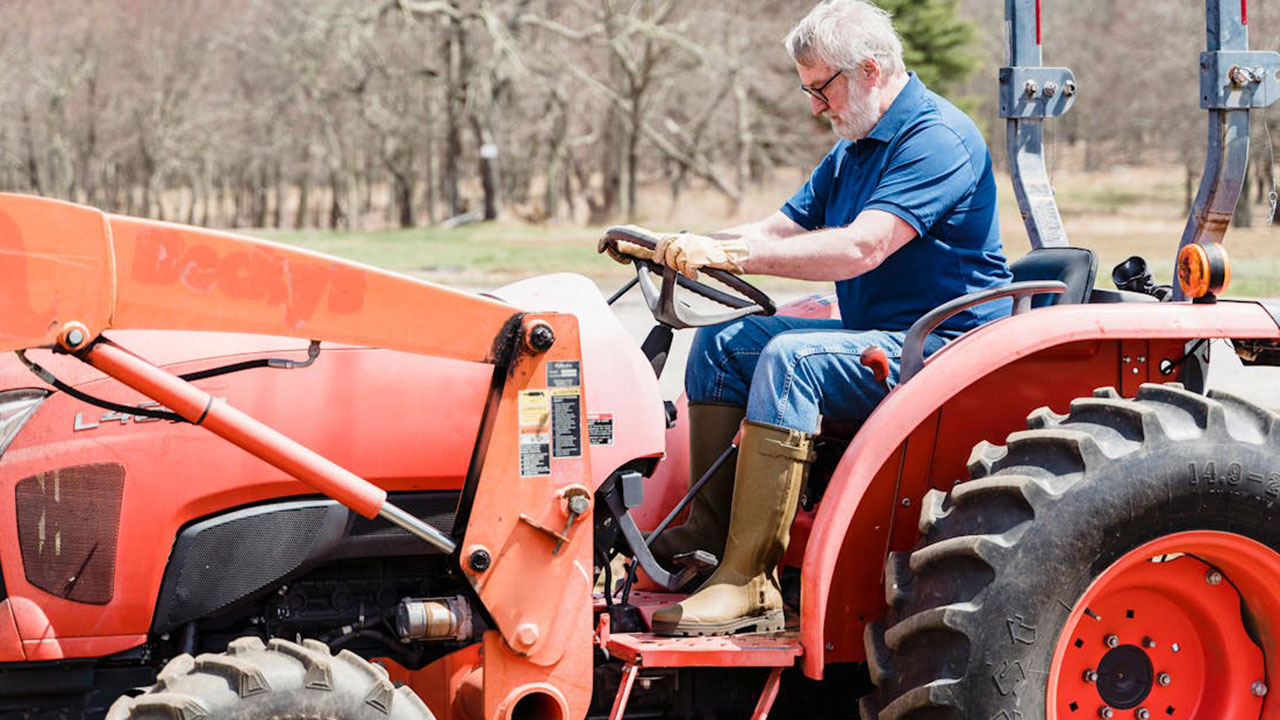What you shouldn’t skip before buying a $2,000 tractor
Buying a $2,000 tractor might seem like a quick win when you spot one on Facebook Marketplace or parked at the edge of someone’s pasture with a for-sale sign. But there’s a fine line between getting a deal and dragging home a money pit. Tractors in that price range can work hard if they’ve been cared for, but you need to know what you’re looking at before you hand over the cash. Here’s what you should always check—no matter how good the price looks.
Check the PTO in Every Gear
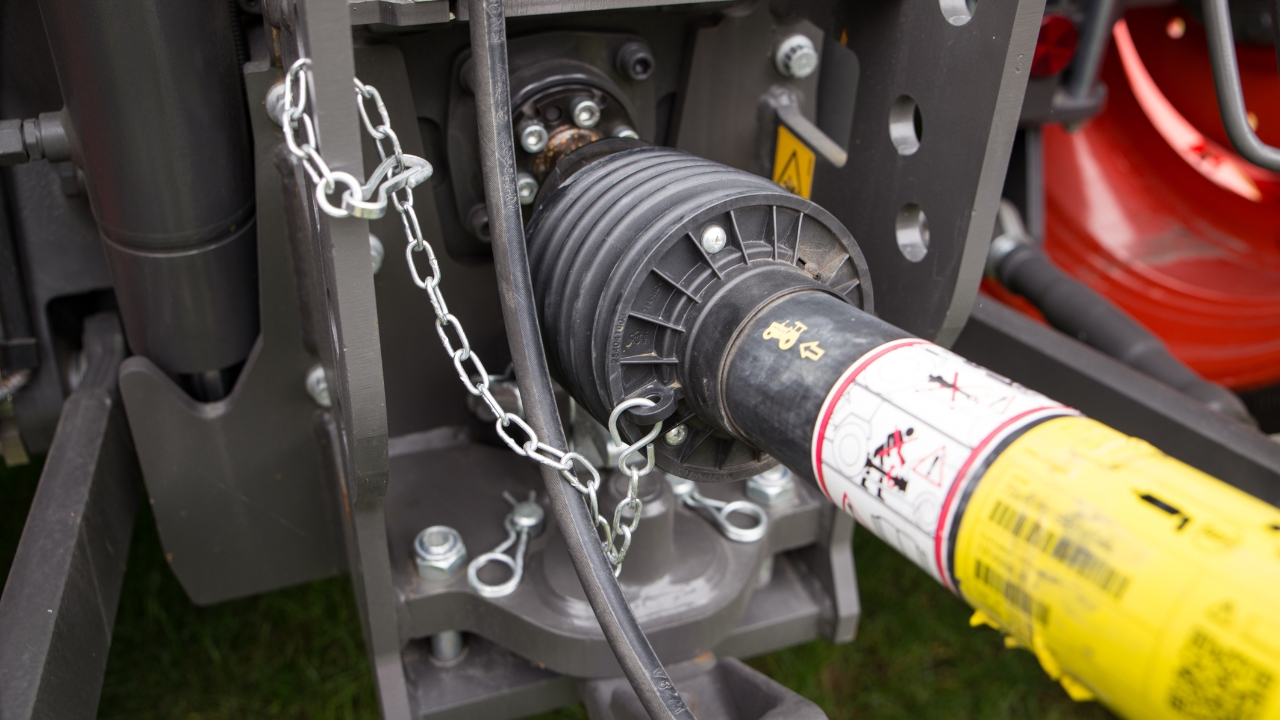
If the tractor has a Power Take-Off, it should spin up smoothly and engage in every speed setting. Don’t take the seller’s word that “it works fine.” Ask to see it running and shifting in real time.
A PTO that slips, whines, or fails to engage can mean costly clutch work. And if it’s been running with those issues for too long, it may have already done damage to the transmission or rear hydraulics.
Make Sure the Hydraulics Don’t Drift
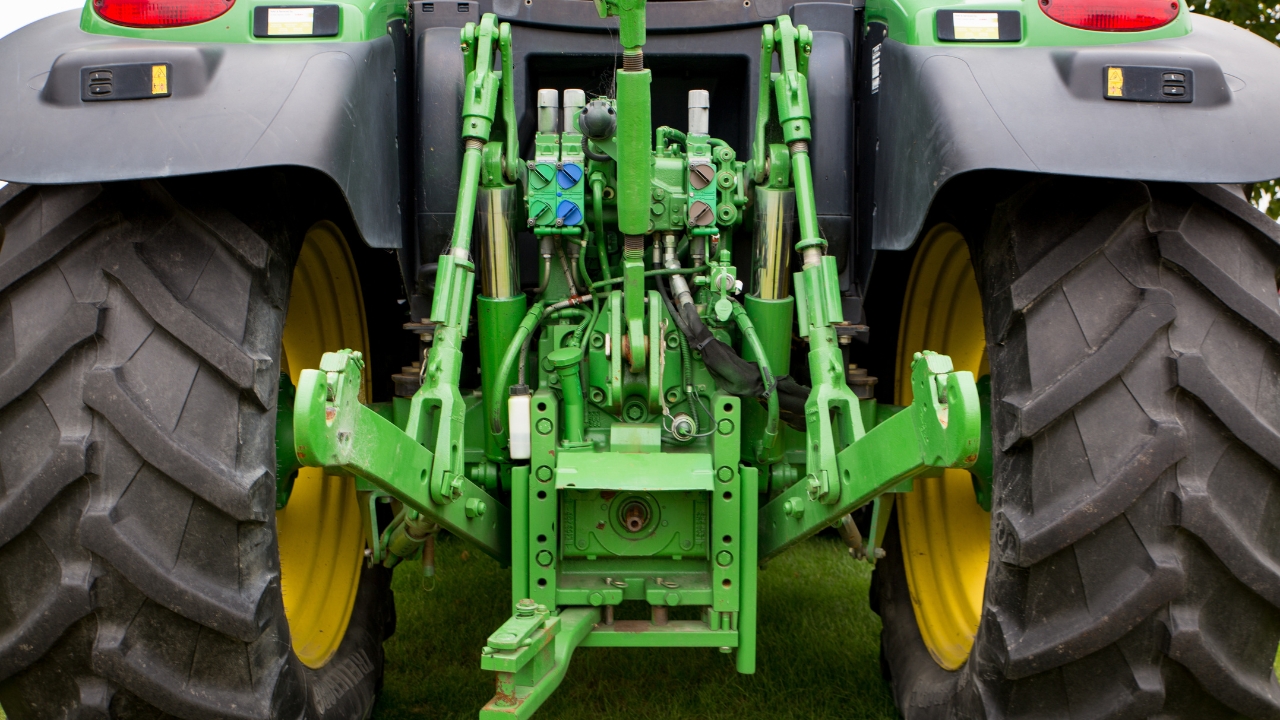
You’ll want to raise and lower the 3-point hitch and watch whether it holds steady. If the arms start to drift down on their own after a few minutes, that’s usually a sign of bad internal seals or a worn hydraulic pump.
It’s easy to overlook if everything works at first glance, but bad hydraulics can cost you half what you paid for the tractor to rebuild. Watch for jerky movement, low lift power, or leaks anywhere near the cylinder or pump.
Test the Steering for Slop or Lag
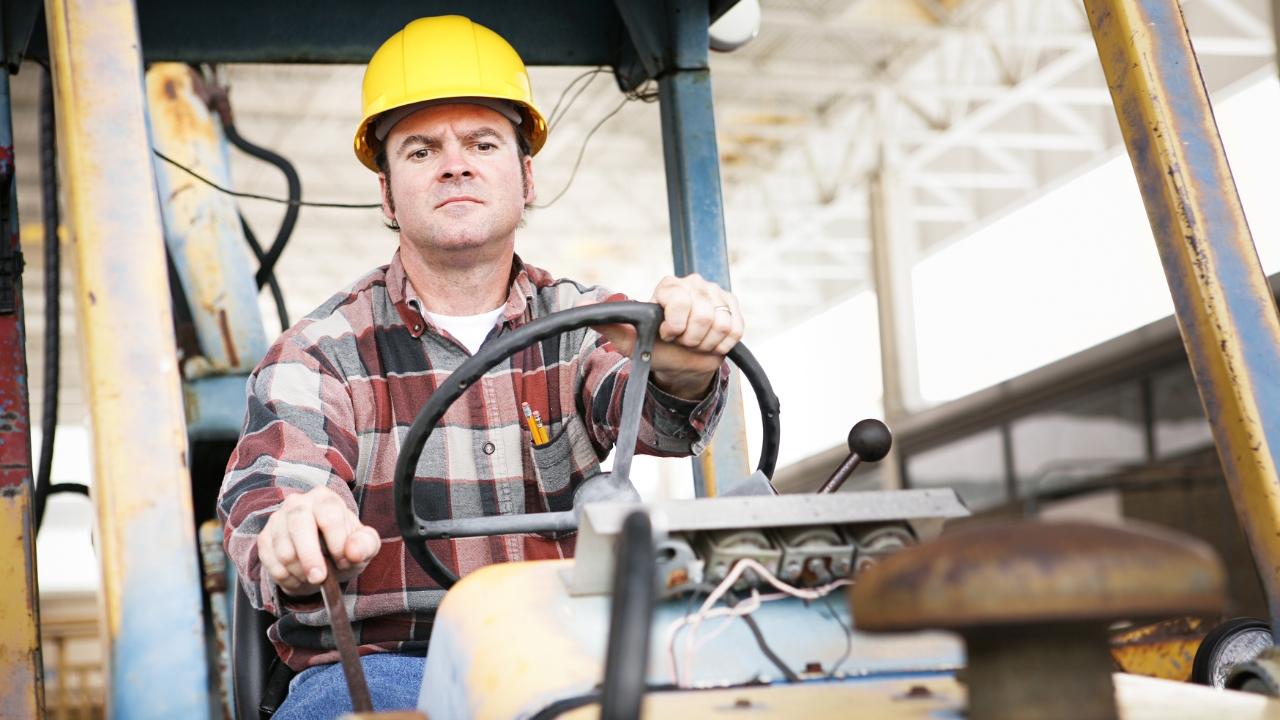
Hop on and turn the wheel all the way left and right. If there’s a lot of play before the tires actually respond, you’re probably dealing with worn steering gears or bushings. That gets expensive fast—especially on older machines where parts are harder to source.
A little looseness is normal on older tractors, but there should still be a quick response when you steer. If it feels like you’re spinning the wheel for no reason, that’s a red flag.
Check for Milky or Foamy Fluids

Pop open the oil cap, radiator, and hydraulic reservoir. If you see white, foamy, or chocolate milk–looking fluids, that usually means water has made its way inside. Could be condensation, or it could mean cracked seals, blown gaskets, or worse.
Tractors that sit unused often build up moisture in the fluids, but that doesn’t make it harmless. Water in the system leads to rust, contamination, and long-term damage to bearings and seals.
Inspect the Tires Beyond the Tread
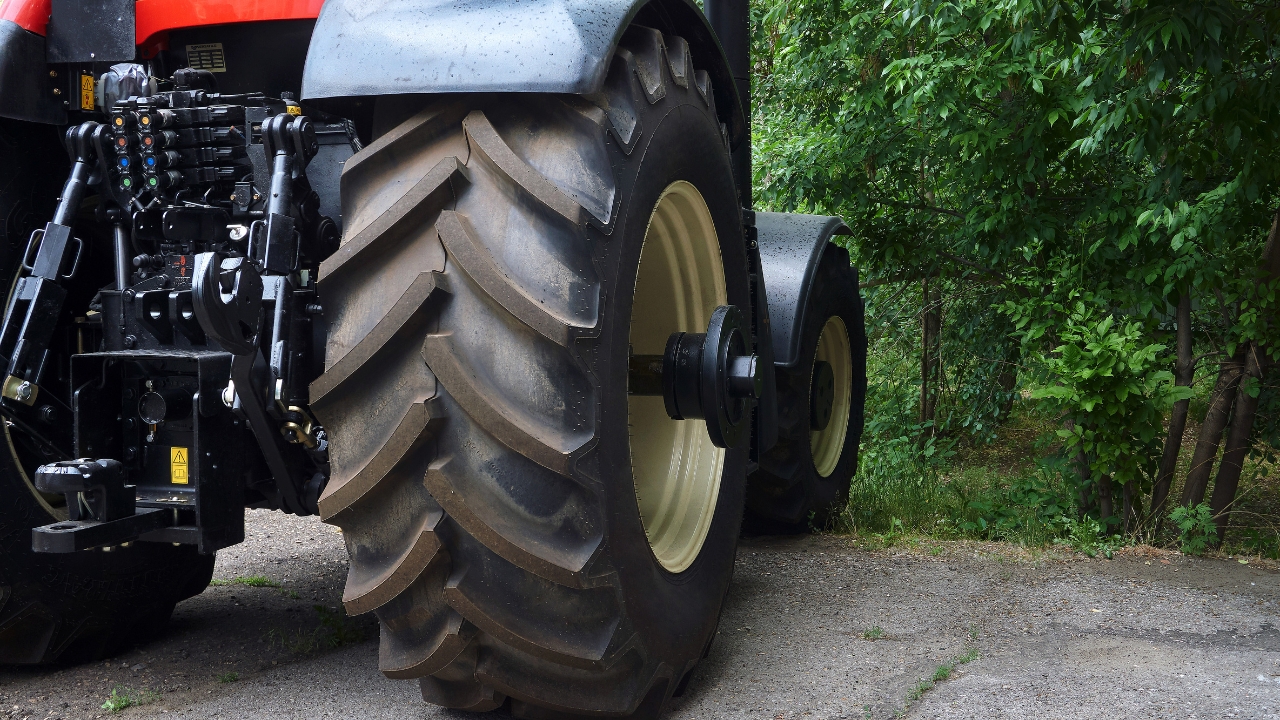
Good tread doesn’t mean good tires. Check for cracks in the sidewalls, dry rot, and whether the tires are filled with calcium or water. Fluid-filled tires aren’t bad—but if there’s a leak, it can eat through the rim from the inside out.
Replacing all four tires and rims can run more than you paid for the tractor. Run your hand around the base of each tire and tap the rims to see if they sound solid or hollow from corrosion.
Watch How It Starts Cold
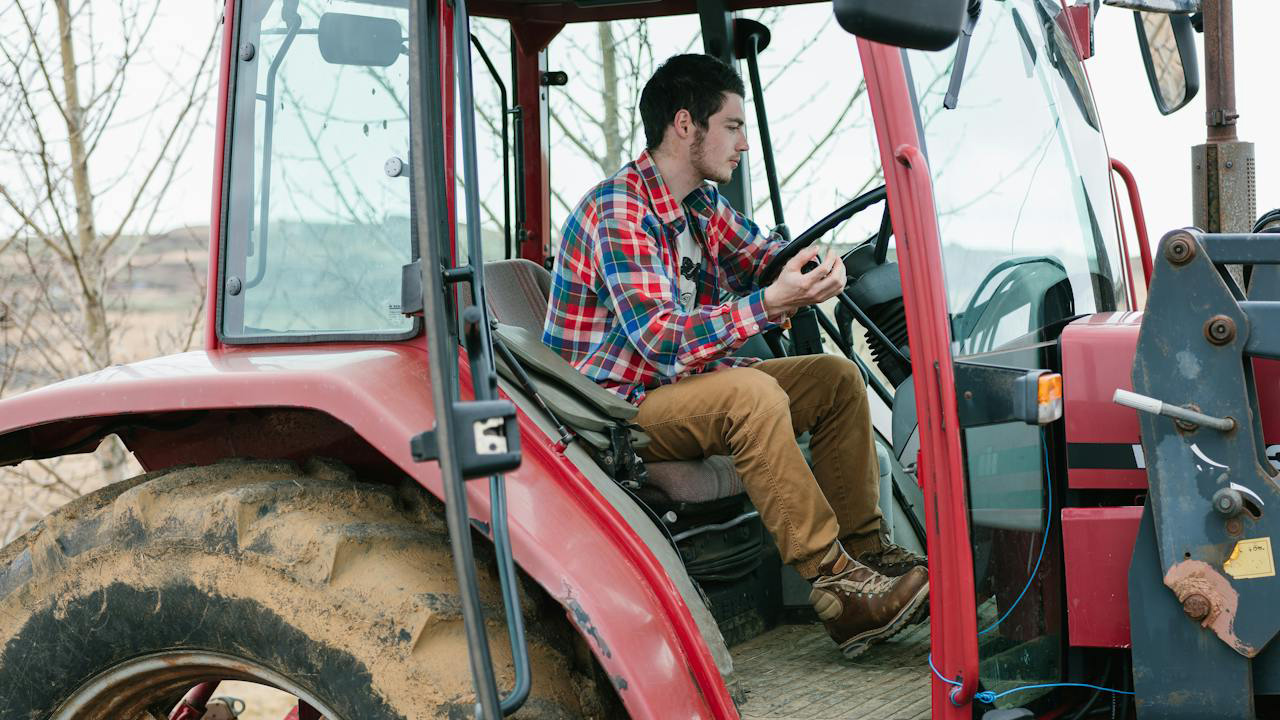
Ask the seller to leave it cold before you show up. If the engine only starts after they’ve had it running or warmed up, that’s a red flag. You want to see how it behaves first thing—without preheating or starter fluid.
Hard starting could mean glow plug issues, low compression, or a weak fuel system. All of that can turn into a serious headache fast, especially if the machine has been patched together with cheap parts or quick fixes.
Check for Sloppy or Sticking Linkages

Step through each gear and feel for clean engagement. Loose or sticky shift linkages are more than annoying—they can be a sign that the transmission has been abused or forced into gear when it shouldn’t have been.
Pay attention to how it shifts when under light load, and try all the ranges and reverses. If the seller says “we never use that gear,” there’s a reason. Always test it anyway.
Look for Fresh Paint in Weird Spots
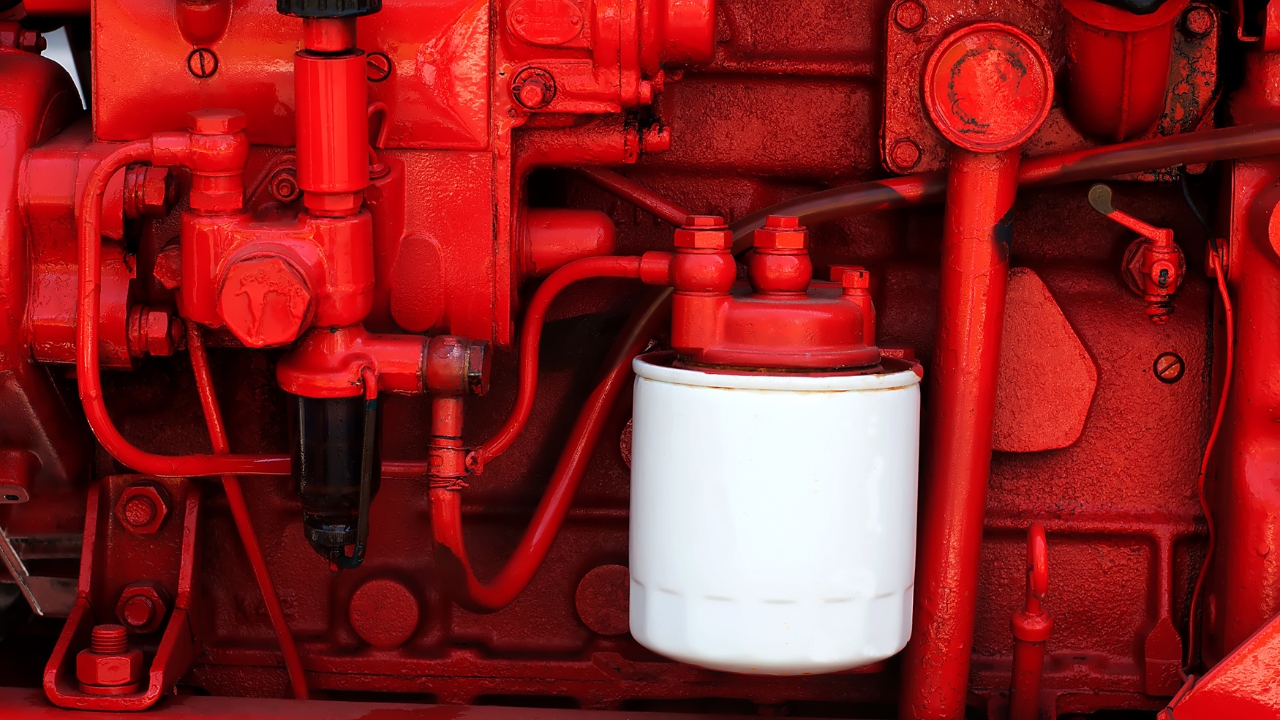
A fresh coat of paint over a specific bolt, weld, or panel could be hiding damage. A cheap restoration can make a tractor look better than it runs, especially at this price point.
Run your hand along the frame and look for spots that feel different—like thick buildup, patchy areas, or uneven finish. If something looks too clean or recently sprayed, ask why. You’re not trying to find a showpiece, but you don’t want a cover-up either.
Ask What It’s Actually Been Used For
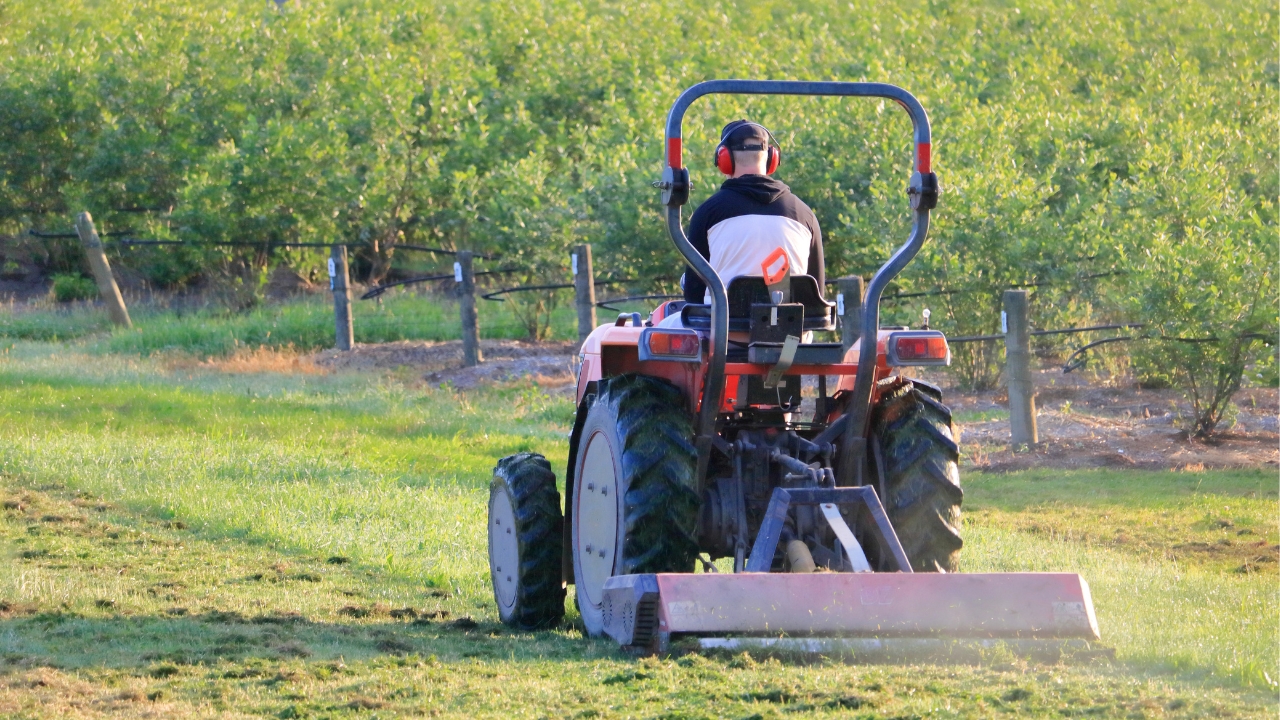
A $2,000 tractor that’s been used for mowing and light hauling is a different story than one that’s pulled logs out of a ravine every winter. Ask how often it’s been run, what attachments were used, and what kind of terrain it’s worked on.
You’re trying to figure out whether it’s been babied, worked moderately, or completely flogged. The answer won’t always be obvious from the machine itself—but the usage history can help you gauge how much life it might have left.
Make Sure You Can Still Get Parts
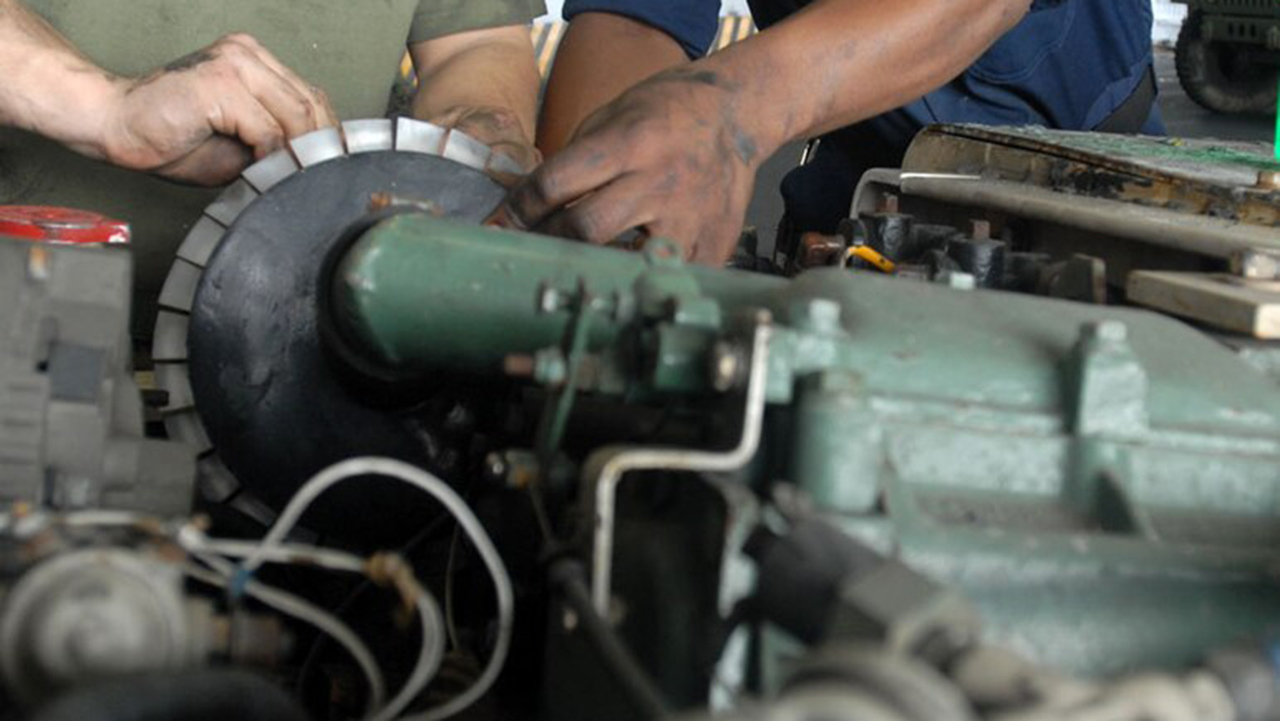
Before you buy, look up the model online and make sure common replacement parts—filters, belts, seals, and hydraulic lines—are still available. If it’s a rare import or a discontinued model with no aftermarket support, think twice.
You don’t want to end up with a machine that’s stuck in the shop for months because nobody makes the parts anymore. Availability matters more than brand name when you’re buying something used in this price range.
*This article was developed with AI-powered tools and has been carefully reviewed by our editors.

